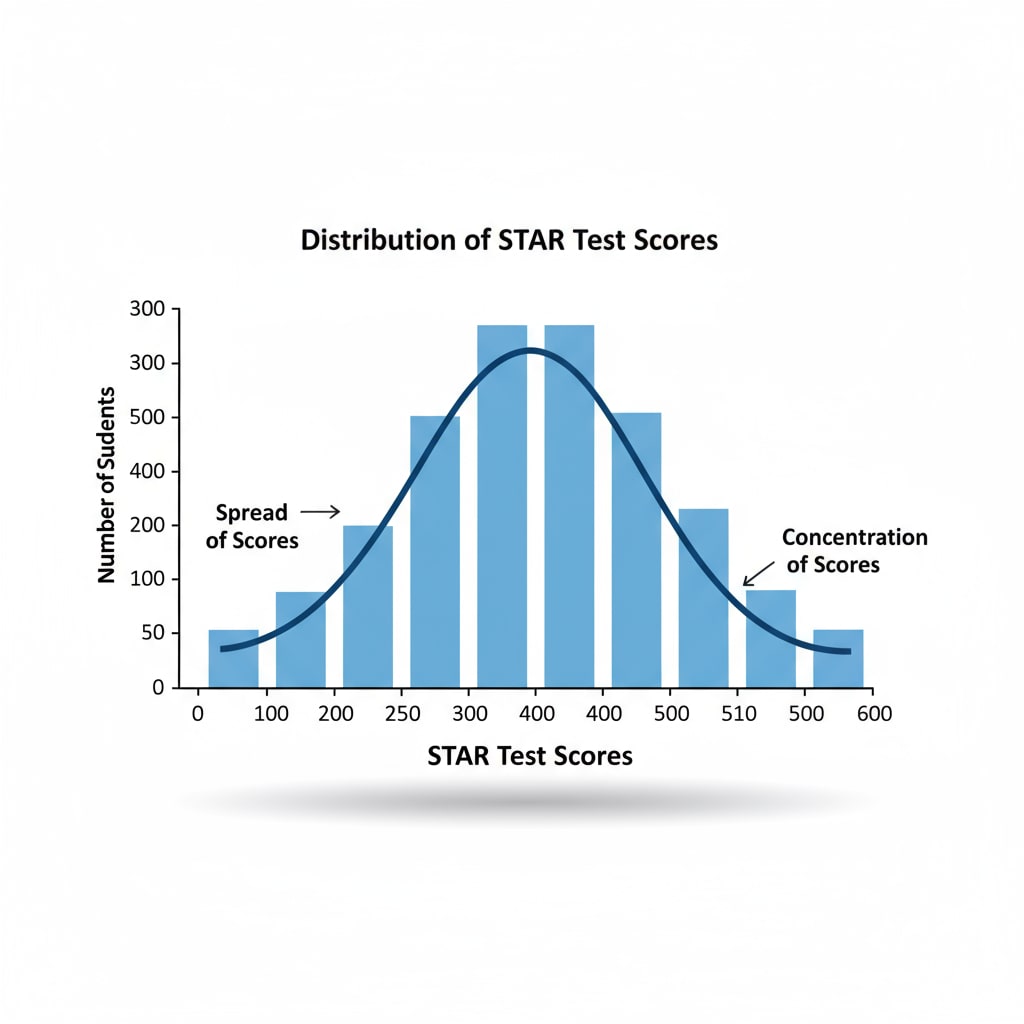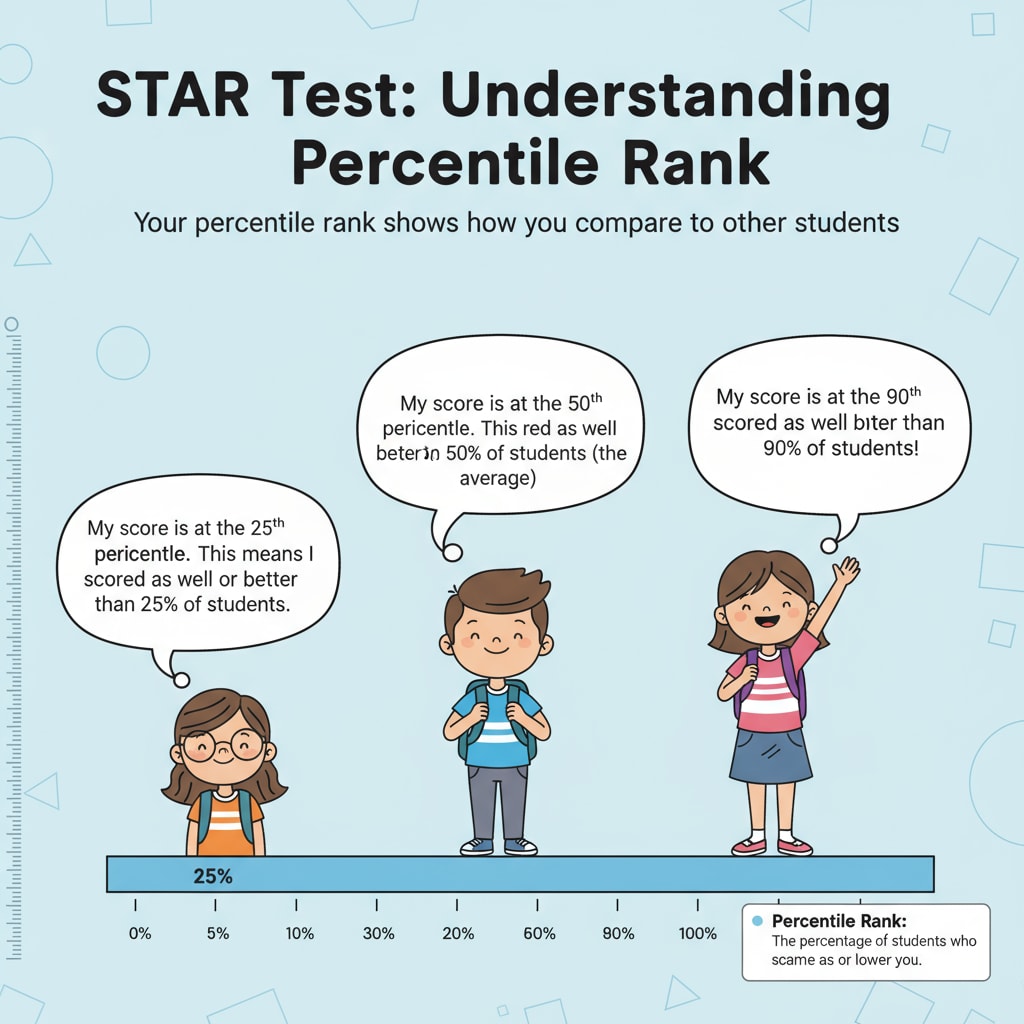When it comes to evaluating a child’s academic progress in K12 education, the STAR Test, Percentile Rank, and Student Performance are crucial aspects to consider. The STAR standardized test has become a widely used tool, but understanding its reliability and evaluation value is essential for parents.

The Basics of the STAR Test
The STAR test is designed to measure a student’s academic performance across various subjects such as reading, math, and language arts. It provides a comprehensive view of where a student stands in comparison to their peers. According to Renaissance’s official website, the test is adaptive, meaning it adjusts the difficulty level of questions based on the student’s responses. This ensures that the test accurately gauges the student’s abilities.
Understanding Percentile Rank
Percentile rank is a key metric in the STAR test results. It indicates the percentage of students in a specific group (usually of the same age or grade) who scored lower than the test-taker. For example, if a student is in the 75th percentile, it means they scored higher than 75% of their peers. This helps parents understand how their child is performing relative to others.

As explained on Wikipedia’s page on percentile rank, it gives a clear picture of a student’s standing within the broader context of the group.
The percentile rank in the STAR test is not just a number; it’s a valuable tool for parents to assess their child’s academic position. However, it’s important to note that a single percentile rank may not tell the whole story. A student’s performance can be influenced by various factors such as test anxiety, the specific skills being tested, and the instructional environment.
Readability guidance: Each section here focuses on a key aspect related to the STAR test. Short paragraphs are used to convey information clearly, and external links are provided for further exploration. Transition words like ‘however’ are used to show contrast and add flow to the text.


